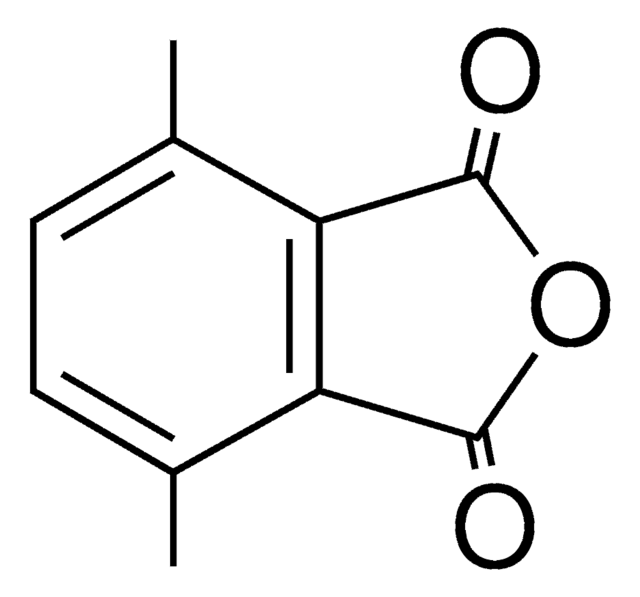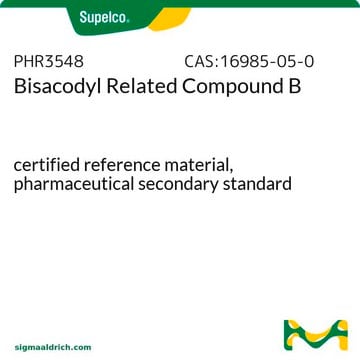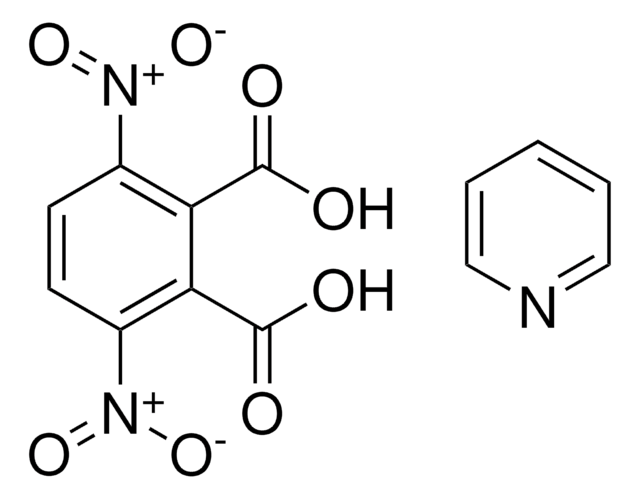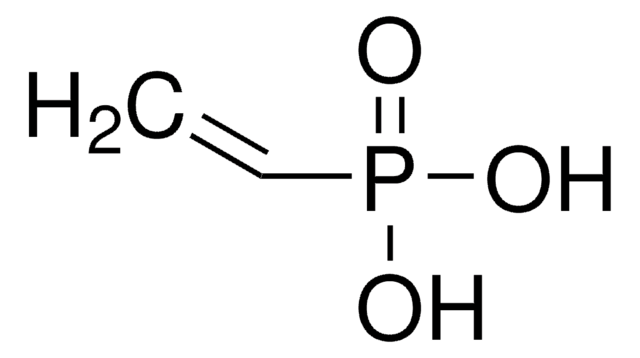H5019
11-Hydroxy-Δ9-tetrahydrocannabinol
vacuum-dried powder
Synonyme(s) :
7-Hydroxy-Δ1-tetrahydrocannabinol
About This Item
Produits recommandés
Forme
vacuum-dried powder
Contrôle du médicament
USDEA Schedule I; regulated under CDSA - not available from Sigma-Aldrich Canada
Technique(s)
HPLC: suitable
gas chromatography (GC): suitable
Format
neat
Température de stockage
−20°C
Chaîne SMILES
CCCCCc1cc(O)c2[C@@H]3C=C(CO)CC[C@H]3C(C)(C)Oc2c1
Vous recherchez des produits similaires ? Visite Guide de comparaison des produits
Application
Mention d'avertissement
Warning
Mentions de danger
Conseils de prudence
Classification des risques
Acute Tox. 4 Oral - Repr. 2
Code de la classe de stockage
11 - Combustible Solids
Classe de danger pour l'eau (WGK)
WGK 3
Point d'éclair (°F)
Not applicable
Point d'éclair (°C)
Not applicable
Équipement de protection individuelle
Eyeshields, Gloves, type P3 (EN 143) respirator cartridges
Faites votre choix parmi les versions les plus récentes :
Déjà en possession de ce produit ?
Retrouvez la documentation relative aux produits que vous avez récemment achetés dans la Bibliothèque de documents.
Notre équipe de scientifiques dispose d'une expérience dans tous les secteurs de la recherche, notamment en sciences de la vie, science des matériaux, synthèse chimique, chromatographie, analyse et dans de nombreux autres domaines..
Contacter notre Service technique










